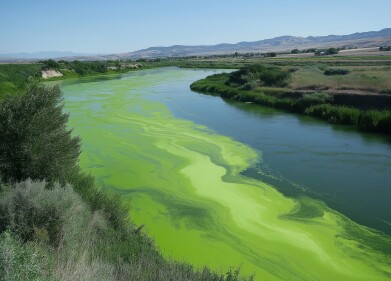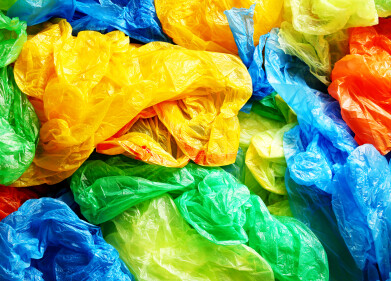Environmental laboratory
How to Take a History Lesson from Mother Nature
Oct 30 2014
In 1905, George Santayana wrote, “Those who cannot remember the past, are condemned to repeat it”. Which is why it’s so important that today’s climate researchers are fascinated by the past as they are about the future. If researchers can find links between the changes in greenhouse gas concentration and temperature from the past, it could point to how the climate might change in the future, whilst also allowing scientists to test their climate models.
If we want to discover information about our past we have to turn to the historical record. These can be written records, preserved remains or even part of a living thing, depending on the object and time period involved. If the information we want is about our ancestors or the dinosaurs that were alive before humans existed — we turn to the fossil record and palaeontology.
But how do we find out about climate’s history? The answer is in the science of palaeoclimatology — the branch of science dealing with climates of the past.
Palaeoclimatology — is it just hot air?
Palaeoclimatology looks at climate change on the scale of earth’s history. Scientists use data from a wide range of sources to try to determine the climate that existed in the past, and how and why it changed. The first evidence that the climate might have changed in the past was when scientists interpreted the evidence from the last Ice Age — approximately 110,000 to 12,000 years ago. Isolated, misplaced boulders were found scattered across the northern hemisphere - when mapped, along with a type of soil known as loess which was found across the northern hemisphere, scientists worked out that large ice sheets had once covered North America, the British Isles and Northern Europe.
Coral and Ice Reveal the Past
Nowadays, palaeoclimatologists use every part of the Earth in the hunt for clues to past climate conditions — using simple or more complex techniques. For example tree rings contain information on the growing season and the tree’s age. In a similar way, coral record’s seasonal growth related to temperature, rainfall, nutrients and water quality — allowing scientists a glimpse into the climate of the Tropics. Coral’s role in palaeoclimatology is looked at further in this article, Corals as Natural Archive of Environmental and Climate Changes.
Ice cores drilled into the Antarctic can be used to reveal the atmospheric composition, including carbon dioxide concentration, going back over 750,000 years. Scientists can correlate the data from many different sources to confirm that the data is accurate, thus giving a picture of climate change over the millennia.
Modern palaeoclimatology uses techniques much more refined than mapping isolated boulders and is able to determine small changes in the climate. Using modern scientific techniques, scientists are able to determine factors such as rainfall, air temperature, wind direction and the carbon dioxide concentration across the eons. And from the past, researchers can help predict what the future might hold for us — and our descendants.
Digital Edition
AET 28.4 Oct/Nov 2024
November 2024
Gas Detection - Go from lagging to leading: why investment in gas detection makes sense Air Monitoring - Swirl and vortex meters will aid green hydrogen production - Beyond the Stack: Emi...
View all digital editions
Events
Jan 14 2025 Abu Dhabi, UAE
Jan 20 2025 San Diego, CA, USA
Carrefour des Gestions Locales de L'eau
Jan 22 2025 Rennes, France
Safety, Health & Wellbeing LIVE
Jan 22 2025 Manchester, UK
Jan 25 2025 San Diego, CA, USA



















